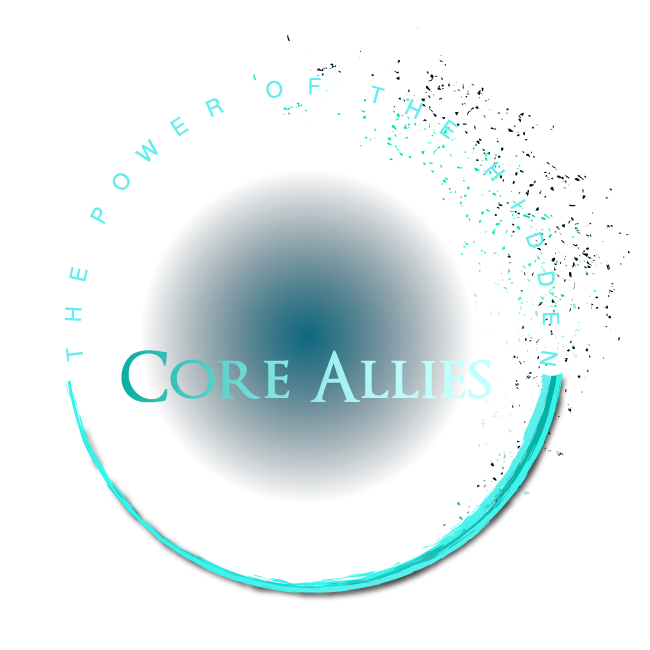Preparing and Surfing through Crises
United States, 1992.
While I was growing up I owned a surfboard that I loved and dabbled in surfing, but never attempted to surf particularly large waves. So I was fascinated by the recent amazing HBO documentary 100 Foot Wave, about the surfer Garrett McNamara and his search for the 100 foot wave of the title. When a wave comes at a surfer, even the most skilled will sometimes crash out, and for the size of waves McNamara attempts, a crash can potentially mean injury or even death under the pounding surf. In the documentary, McNamara talks about the techniques surfers use to prepare for these inevitable crises.
Few of us face literal 100 foot waves in our lives, but we all encounter metaphorical waves or crises. The wave may come from someone saying something triggering, a setback at work, unexpected criticism, family problems, or a host of other events. We all react differently, and what may be a huge wave for one person is barely a ripple for another. But we all know when we’ve hit a personal 100 foot wave—our heart rate goes up, thinking stops, the amygdala (the part of the brain dealing with fear) takes over, and we go into fight/flight/freeze mode. Actions taken and decisions made in this state are rarely the right ones. Unlike a surfer crashing out we may not be in physical danger, but we are at real risk of damaging our emotions, our relationships, or our careers.
"We all know when we’ve hit a personal 100 foot wave"
The documentary tells how surfers prepare for potential crises by training themselves in how to react to a potential crash. In an interview about the documentary, McNamara says, "If you can prepare, then you take a couple really big breaths, and preferably a dump breath where you blow all your air out, and you do that once, twice, or even three times. If you can get one dump breath where you blow all your air out, then you take a huge breath in. [...] So that keeps you in the moment, just preparing for breathing, focusing on the breath. [...] Then it hits you, and you're focusing on relaxing. 100% relaxing everything."
In the context of surfing, filling your lungs prepares you for potentially being pulled under for an extended period, and relaxing loosens your body to decrease the chance of injury when the wave tries to pull you apart. But this conscious breathing and relaxing has another effect: it soothes the amygdala, taking you out of your fight/flight/freeze reflex. For a surfer, this is vital because it can prevent dangerous panicking. But the same technique can help us when we face our metaphoric waves.
If you can train yourself to notice when you encounter a trigger that may precede a crisis—when you are falling into a reactive place, and fight/flight/freeze mode is taking over—then you can prepare yourself with conscious breathing and relaxation, giving you the ability to respond from a place of self-awareness. In a crisis we tend to react too fast, and this technique of breathing and relaxing can allow us to create the space to respond thoughtfully. Box breathing, a technique developed by a navy SEAL to increase focus and concentration, is one approach to conscious breathing, but you can also try other approaches; the important thing is to find one that works for you.
There’s a reason surfers keep chasing the big waves, and it can be exhilarating to face and overcome big challenges in our own lives. But it’s also smart to prepare ourselves for the inevitable upsets, when the wave crashes over us and we feel like we’re drowning. Recognizing the moment and calming our fear with slow breathing and relaxation can put us in the right space to deal with the crisis and get back on the board.

